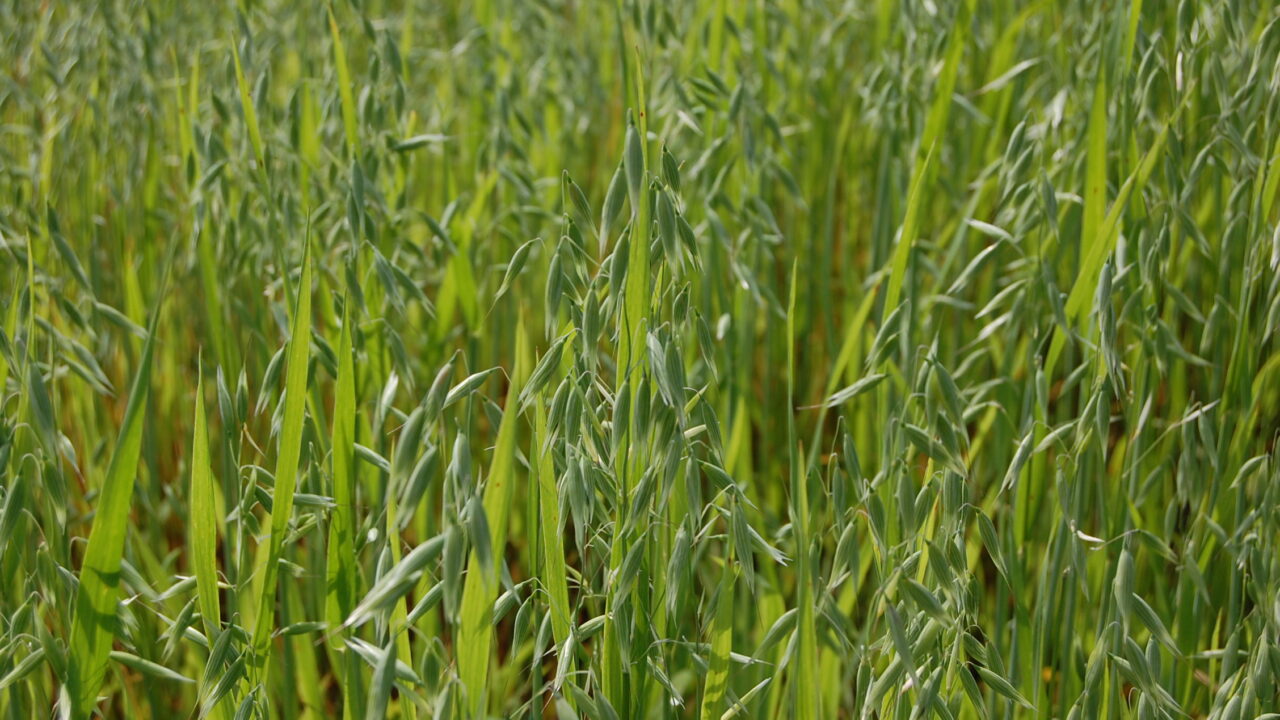The three-crop rule has seen a resurgence in the area of oats grown in Ireland in the past number of years. With this jump, Teagasc has increased its activity in oats research. Dr. John Finnan stated that oats are different to wheat and barley crops at yesterday’s Teagasc National Tillage Conference.
Oat yield is more dependent on grains per panicle, he said, whereas wheat and barley yield is more dependent on plants/m². Oat panicles have a large capacity to produce grains and, where seeding rate is reduced or plants counts are low, more seeds will be produced on the panicle of the oat plant.
Seeding rate
Low plant populations can lead to the main stem of the oat plant producing 200 grains. The plant will also develop additional panicles in order to compensate for the low plant populations.
Grain quality in oats is generally not affected by seeding rate, according to research carried out in Teagasc.
Hectolitre weight has been shown to stay constant across seeding rate. Results from one field trial showed the hectolitre weight stayed at approximately 55kg/hl across seeding rates of 100-500 seeds/m².
Most importantly, economic margins are optimised at a plant population of between 250 plants/m² and 270 plants/m².
Oat plants are competitive compared to other cereals. In fact, percentage establishment falls as seeding rate is increased.
Finnan explained that 350 seeds/m² (120-130kg/ha at the average thousand grain weight) are needed to establish a plant population of 250 seeds/m².
However, he added: “In some instances, returns will be optimised at a higher seeding rate of 400 seeds/m² (135-148 kg/ha).”
Taking out winter oat crops
As shown above, oat plants will compensate for low plant populations. And, it’s not recommended to take out winter crops – unless damage is very severe. Spring oats also have a lower yield potential and the cost of reseeding may not pay off.
Finnan advised farmers to stick with their crop at 90 plants/m² and said that crops may even compensate at 40-50 plants/m². He added that additional spring weed control may be necessary.
Nitrogen rate
According to Teagasc, the optimum nitrogen rate on oats is 120-150kg/ha. Hectolitre weight is affected by excessive nitrogen application. Teagasc trials have shown that where nitrogen applications were split 50:50 – and applied at GS30 and GS32 – hectolitre weight increased by 1kg/hl when compared to a 33:66 strategy.


